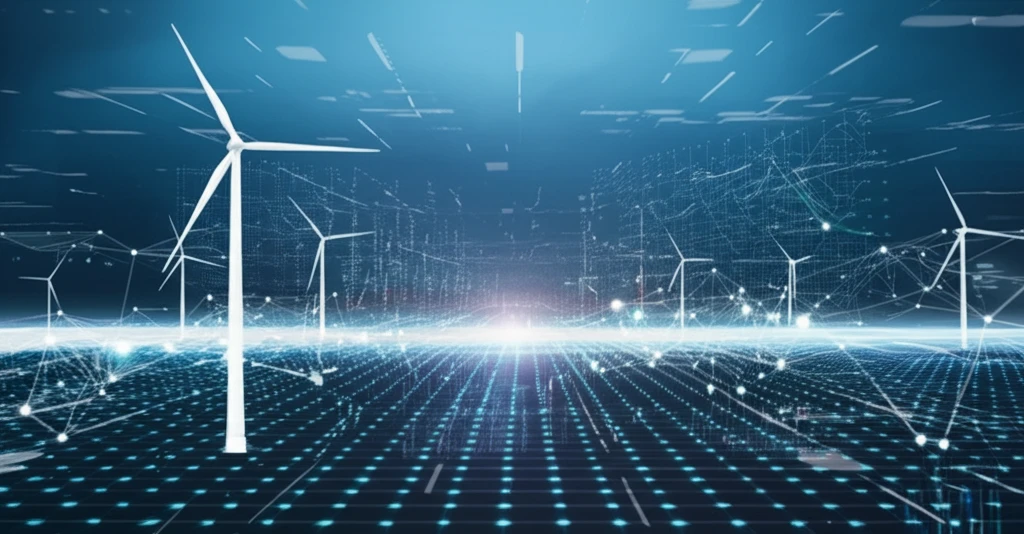
Decoding Energy Demand: How AI and Smart Forecasting Can Power Your Future
"Explore how reconciled boosted models are revolutionizing energy forecasting, enhancing grid reliability, and promoting sustainable energy management."
Imagine a world where energy grids are perfectly in sync with demand, where waste is minimized, and resources are optimized. This isn't a futuristic fantasy; it's a tangible goal being driven by cutting-edge advancements in energy forecasting. Traditional methods are becoming outdated, struggling to keep pace with the complexities of modern energy consumption. Now, enter AI-powered solutions, which are poised to transform how we predict and manage our energy needs.
One of the most promising techniques in this space is the use of reconciled boosted models. These sophisticated algorithms not only predict energy demand with greater precision but also ensure that these predictions are consistent across different levels of the energy distribution network. This consistency, or "reconciliation," is crucial for effective grid management and resource allocation.
This article explores how these models work, why they're a game-changer for the energy industry, and how they can lead to a more sustainable and reliable energy future. We'll break down the science and highlight the real-world benefits of this exciting technological advancement, making it accessible and relevant to everyone.
The Challenge of Hierarchical Energy Forecasting: Why Traditional Methods Fall Short

Hierarchical time series forecasting comes into play when we need to understand how an energy variable is distributed across different nodes in a hierarchy. Think of it like this: you want to forecast the electricity demand not only for an entire state but also for individual towns within that state. Traditionally, these forecasts are made independently, leading to a significant problem: the forecasts for the towns might not add up to the forecast for the entire state. This inconsistency makes it difficult for energy providers to make informed decisions about resource allocation and grid management.
- Inaccurate Resource Allocation: Without reconciled forecasts, energy providers might over- or under-allocate resources to certain areas, leading to waste or shortages.
- Increased Costs: Inconsistent forecasts can result in higher operational costs due to inefficient grid management and the need for corrective actions.
- Grid Instability: In severe cases, discrepancies between forecasts and actual demand can threaten the stability of the energy grid, potentially leading to outages and disruptions.
Powering the Future with Intelligent Energy Forecasting
Reconciled boosted models represent a significant leap forward in energy forecasting. By providing accurate and consistent predictions across all levels of the energy grid, they enable more efficient resource allocation, reduce costs, and enhance grid stability. As the demand for energy continues to grow, and as we transition to more sustainable energy sources, these AI-powered forecasting techniques will play an increasingly vital role in shaping a reliable and sustainable energy future for all.
